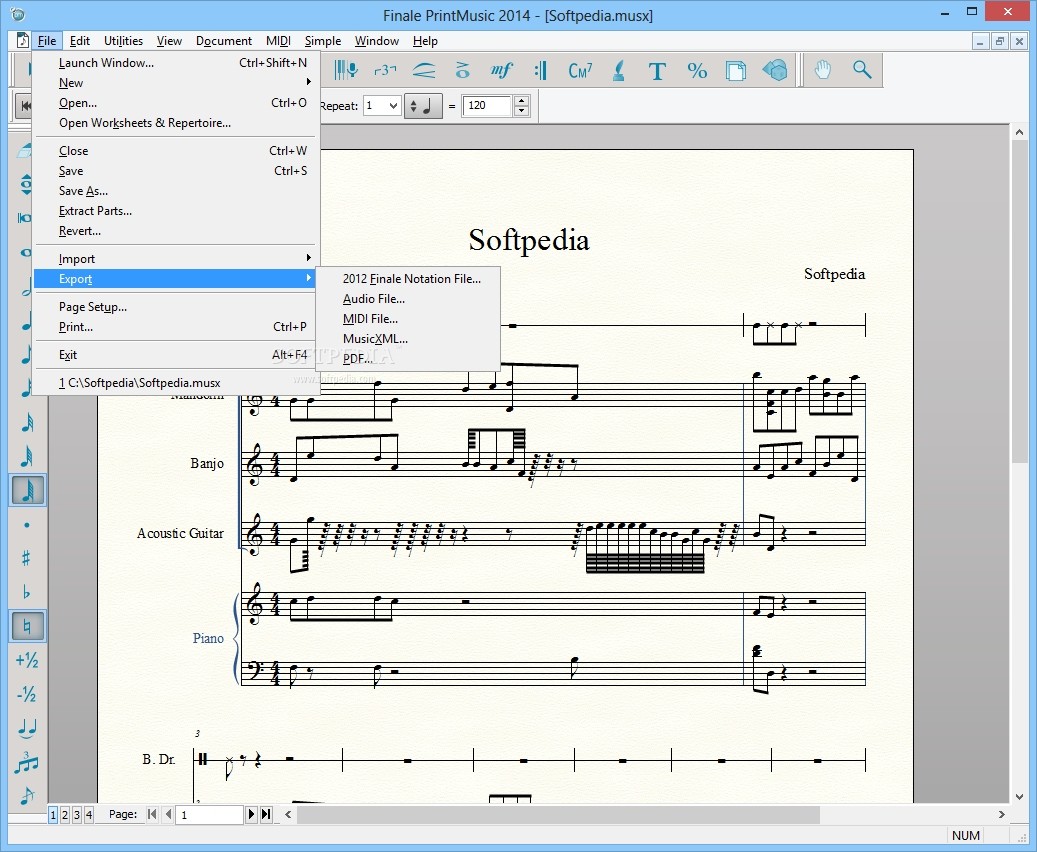

The best way to move backward to an old version was to export the file to MusicXML from the new version of Finale, then import the MusicXML file into the older version of Finale. A Finale 2011 user, for instance, could read files created by people using Finale 2010, but could not read files created by people using Finale 2012.

In the past, Finale could read files created in older versions, but not files created by newer versions. One of the most prominent features of Finale 2014 is its brand new file format which is now forward and backward compatible. Many notation software products have come and gone over the past 25 years, but Finale and MakeMusic are still here, delivering top-notch professional music notation to our customers. The first version of Finale was released 25 years ago, and you can now see a promotional video for Finale 1.0 on YouTube. On November 4, MakeMusic released Finale 2014, the latest update to our flagship music notation software.


 0 kommentar(er)
0 kommentar(er)
